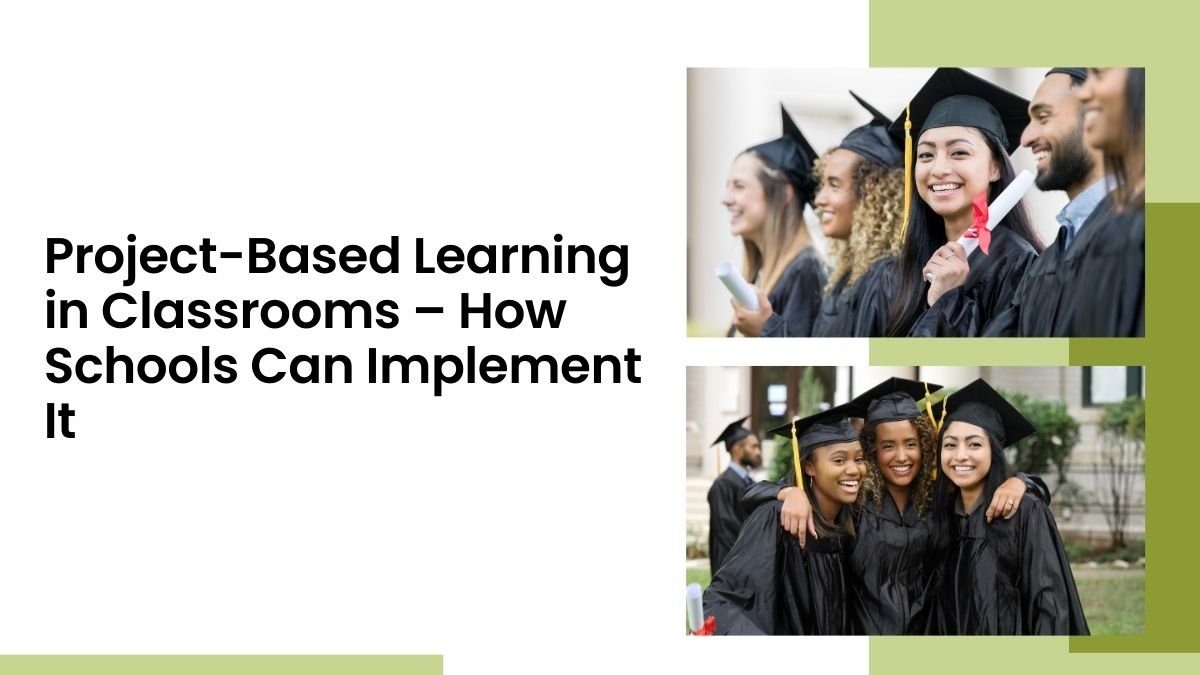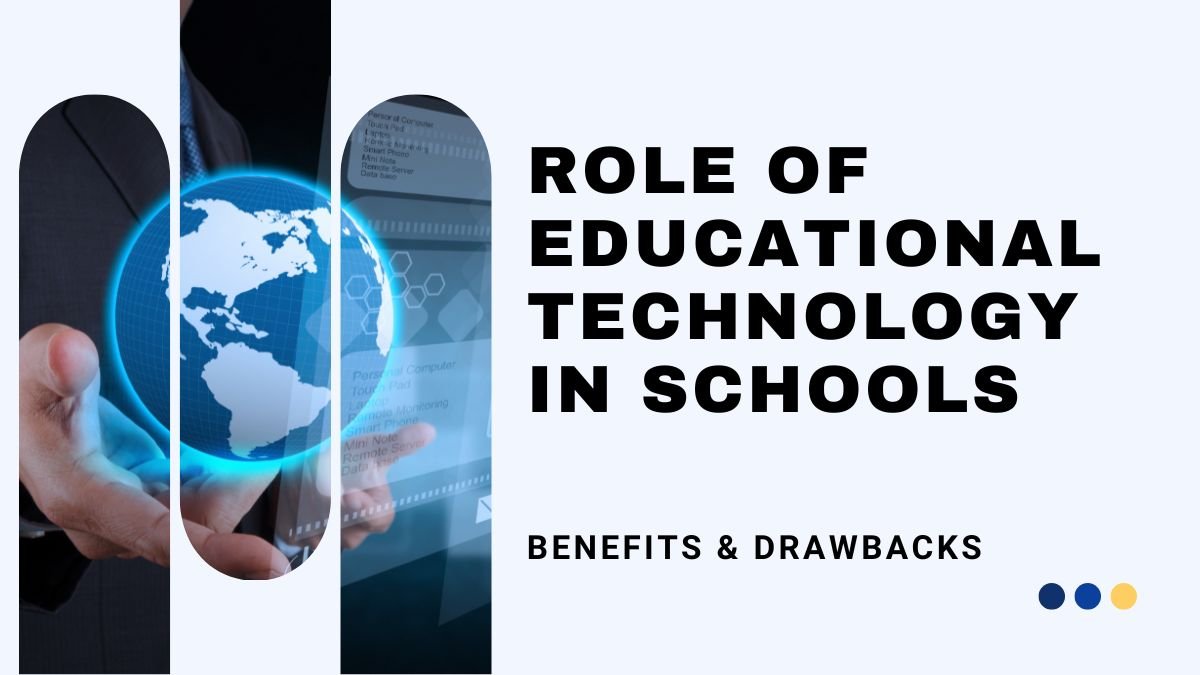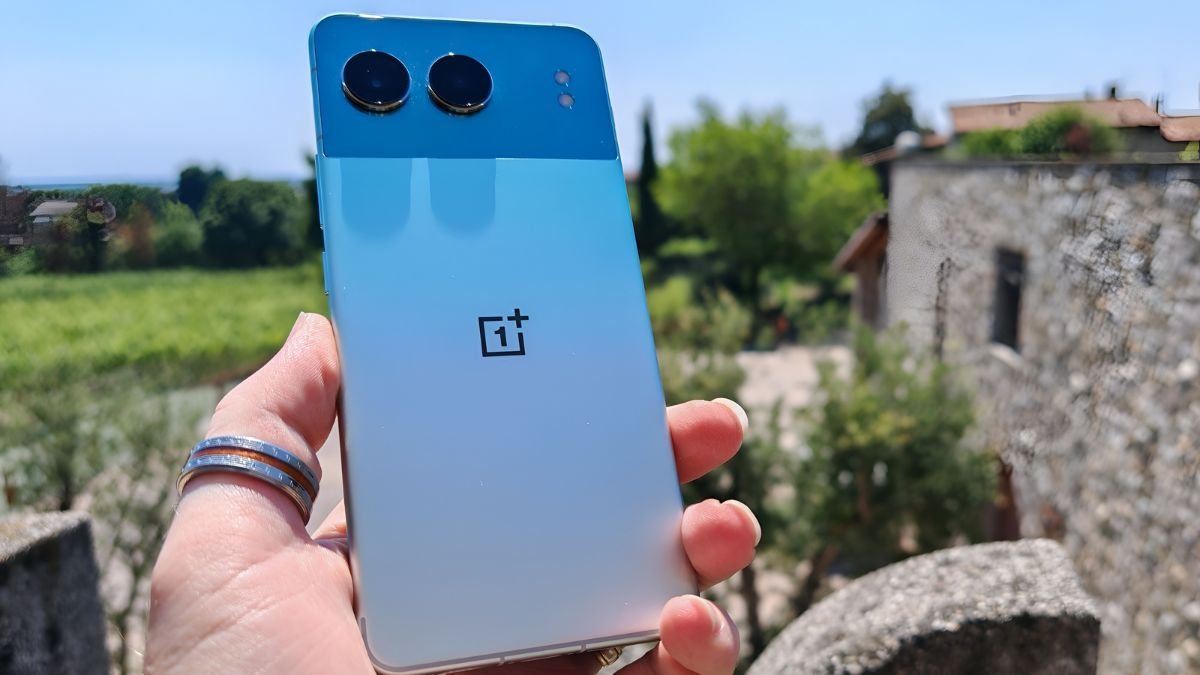Introduction
One major connotation attached to education these days is that it means going through books and exams. Education is said to prepare individuals for things they will encounter in life. PBL is a proven fine way toward that.
In PBL, teachers are no longer seen as traditional knowledge imparts, but as guides and facilitators. Students investigate real-life problems—projects. They ultimately cultivate the habit of thinking, understanding, and experimenting as opposed to memorizing a set of information.
B.Ed. student-teachers must know that in the classroom of the future, they should not only teach but also develop an environment to inspire students to discover, think, and create.
1. Project Design & Planning
(a) Identify Learning Objectives
First, determine which knowledge and skills are to be acquired by the students during this project. These objectives should be achievable and measurable within the curriculum framework.
Examples (Science Classroom – Using solar energy):
- Understanding how solar panels work
- Calculating with reference to energy
- Evaluating the environmental pros
(b) Framing a Driving Question
The investigative question driving the whole endeavor must be open-ended, challenging, and compatible with students’ curiosity.
Example: “How can we use solar energy effectively in our school?”
(c) Project Designing
This project has to stem from real-life situations, where interested investigations by students can transpire.
- History Classroom: Documenting and presenting a local historical site.
- Mathematics Classroom: Designing and costing safety equipment.
(d) Setting the Timeline
The project should engage periods, and milestones should be set in this regard.
Examples:
- Setting up topic and question
- Research and data collection
- Working out the solution and preparing the first presentation
- Preparing the final product
- Final presentation and appraisal
2. Implementation of the Project
(a) Collaboration
Break students into working groups, assigning individual roles. This allows everyone to play an active role and build leadership.
Example: Researcher, designer, writer, presenter.
(b) Lesson Guidance/Feedback
The teacher will gradually intervene with constructive feedback, giving students room for improvement and arriving at better solutions.
(c) Use of Tools and Technology
Using digital tools would go a long way: Google Workspace, Canva, and PowerPoint are examples.
For example: Students can visualize their findings through charts and spreadsheets and present them using some online platform.
(d) Self-Reflection
Students will keep a reflection journal to document their learning path. This nurtures self-awareness and the habit of self-improvement.
3. Assessment & Evaluation
(a) Setting Rubrics
Make clear from the very beginning for the students what things they will be assessed against – not just what they have produced, but how they produced it.
(b) Self- and Peer-Assessment
Encourage learners to assess both themselves and peers. Nurturing responsibility encourages self-monitoring.
(c) Performance-Based Assessment
Assess against assessment standards: both the process and the presentations.
4. School-Level Integration for PBL
(a) Teacher Training
To do PBL well, teachers need to be trained in design and implementation.
(b) Resource Availability
Ensure students’ adequate access to materials, technology, and community resources.
(c) Develop an Environment for Collaboration
Build a school culture that enhances curiosity, creativity, and learning through failure.
(d) Strategic Integration
Identify the PBL opportunities in lesson plans and balance the project with the traditional curriculum.
5. Practical Suggestions for B.Ed. Student-Teachers
- Real-life Linkages: Engage students with real life problems and experiments.
- Disperse Responsibility: Give every student an active role in the team.
- Technological Skills: Learn to use digital tools effectively.
- Feedback on Changes: Focus not just on the final product, but on improving at each stage of the process.
- Equally Accessible: Provide all students with equal resources and guidance.
Conclusion
Learning through projects (PBL) produces active, self-directed, and creative learners. PBL changes education from being teacher-centered to student-centered.
Through this system, B.Ed. students are prepared to become modern, effective, and empathetic teachers because skills like critical thinking, teamwork, innovation, and problem-solving, learned through PBL, will guarantee students success in life and career.








